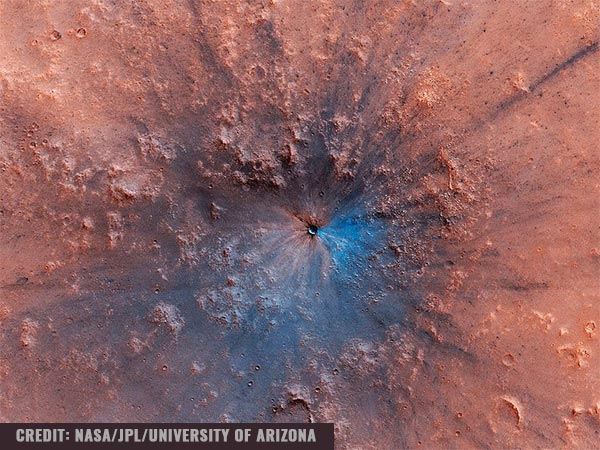Research: Strange behavior of Earth’s magnetic field in the South Atlantic believed to be symptoms of an event that repeats every few million years
07/31/2020 / By Virgilio Marin

The Earth is protected from solar wind — a stream of charged particles from the sun — by its geomagnetic field. But this protective barrier is weak in certain areas, particularly south of the Atlantic Ocean. Called the South Atlantic Anomaly (SAA), this area makes it easier for solar wind and other cosmic rays to enter the atmosphere. Numerous spacecraft have reported electronic malfunctions when flying over the SAA.
According to scientists, the Earth’s geomagnetic field has been decaying for the last 3,000 years. They believe that the SAA is a result of this. But what they find most concerning is that the SAA might be related to a reversal of the Earth’s magnetic field. For a polarity reversal to occur, French experts say that the geomagnetic field needs to weaken by about 90 percent to a threshold level.
But in a new study published in the journal Proceedings of the National Academy of Sciences, researchers from the University of Liverpool found that the SAA is a recurring anomaly and probably not a sign of an impending pole reversal. In fact, similar anomalies have existed eight to 11 million years ago.
“[Our study] also supports earlier studies that hint towards a link between the South Atlantic Anomaly and anomalous seismic features in the lowermost mantle and the outer core. This brings us closer to linking [the behavior] of the geomagnetic field directly to features of the Earth’s interior” said Yael Engbers, the lead author of the study.
Strange behavior of Earth’s magnetic field not a one-off phenomenon
For their study, Engbers and colleagues examined records of the Earth’s magnetic field using igneous or volcanic rocks from Saint Helena, an island in the SAA. When volcanic rocks cool down, grains of iron-oxide are magnetized, preserving the direction and strength of the geomagnetic field at that particular time and place.
The team sampled rocks that covered 34 different volcanic eruptions in Saint Helena and found that the instabilities and directional abnormalities observed in the Earth’s magnetic field today are similar to the anomalies that took place in the SAA between eight and 11 million years ago.
This finding suggests that the South Atlantic is historically a location of strange geomagnetic behavior. This behavior also appears to be distinct from geomagnetic reversal. The researchers therefore believe that the SAA is not a one-off phenomenon and does not signal an upcoming polar reversal of the Earth’s magnetic field.
“Our results support recent studies arguing for the long-lived recurrence of anomalous behavior in the South Atlantic region but extend the associated [time frame] from thousands to millions of years,” the researchers wrote in their report.
What happens during a geomagnetic reversal?
On average, geomagnetic field reversals occur a few times every million years. But the interval between reversals is irregular and can reach up to tens of millions of years. The last full reversal, known as the Brunhes-Matuyama, occurred around 780,000 years ago.
During a reversal, the magnetic field does not drop to zero, but it does significantly weaken. Experts theorize that it may fall to 10 percent of today’s geomagnetic strength. If that happens, the shielding effect of the Earth’s magnetic field will be greatly reduced, and high levels of radiation will be allowed to touch the Earth’s surface.
Aside from potentially damaging electronic infrastructure, a geomagnetic reversal can also mean ground-based electrical failure. Geomagnetic storms, which are caused by large eruptions of solar energy interacting with the geomagnetic field, hint at what might happen with a weakened magnetic shield. (Related: If the Earth’s magnetic field reverses, scientists think they know where ground zero will be.)
In 2003, one of the most recent geomagnetic storms in human history occurred in Sweden. It caused local electricity-grid blackouts, necessitated the rerouting of flights to prevent communication blackout and radiation risk, and disrupted satellites and communication systems.
Some scientists also suggest that past geomagnetic reversals may be linked to mass extinctions, but, so far, no concrete evidence has been found to support this.
Sources include:
Tagged Under: Blackouts, discoveries, electricity, geomagnetic field, geomagnetic reversal, geomagnetic storms, geosciences, physics, powergrid, radiation, research, satellite failure, solar wind, South Atlantic Anomaly



















